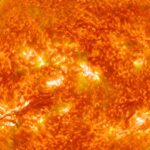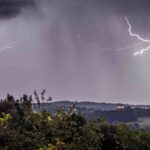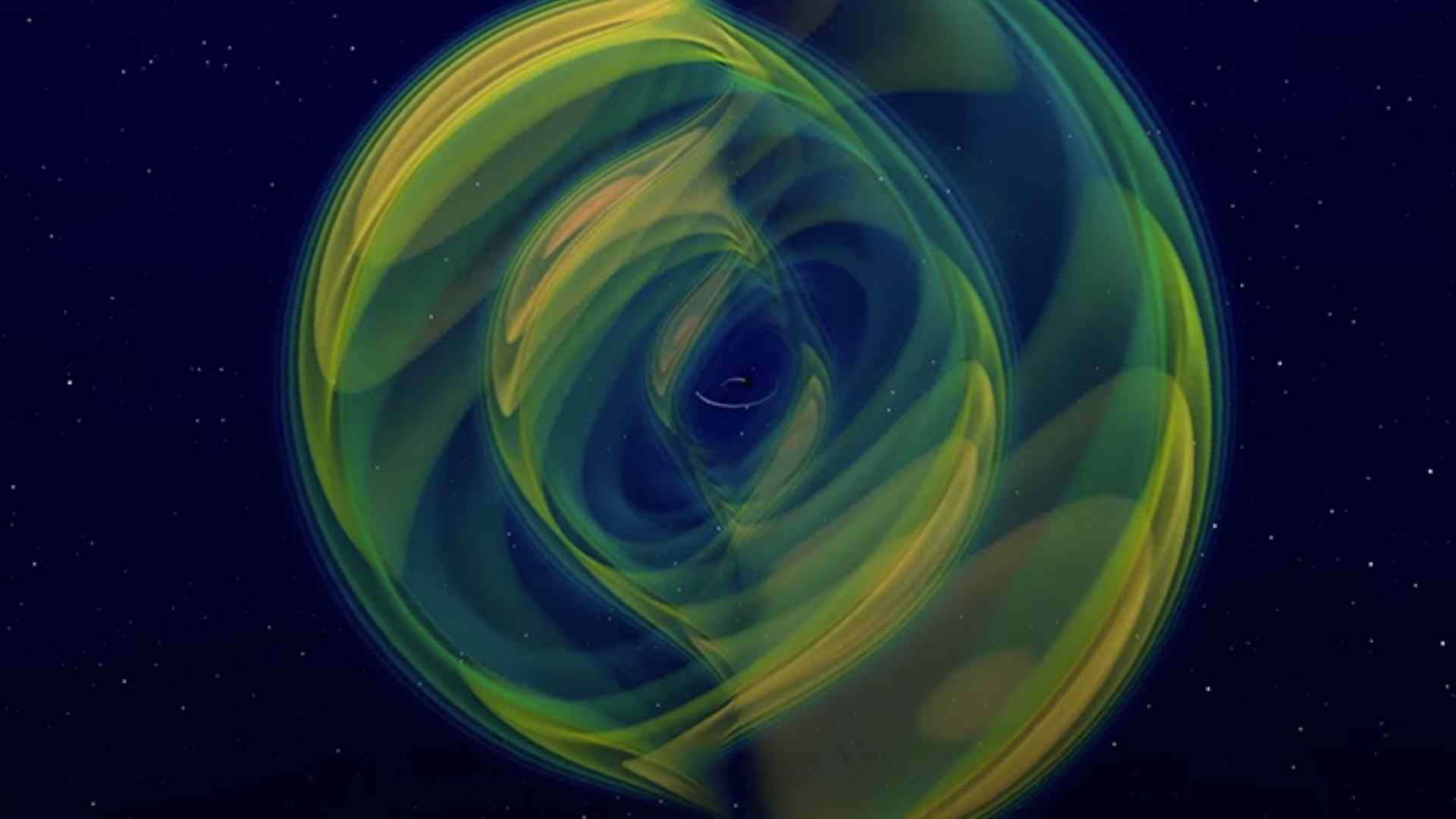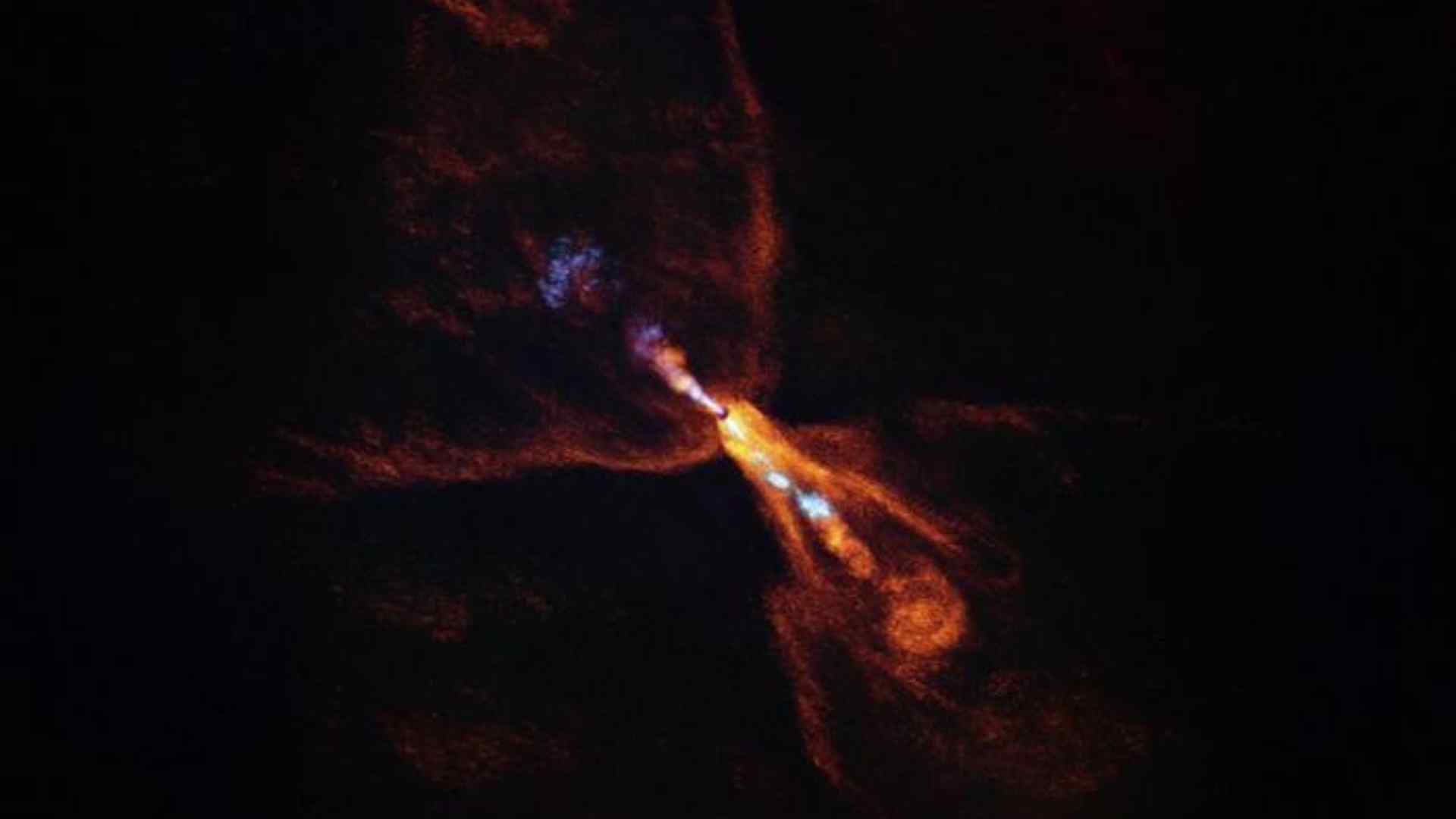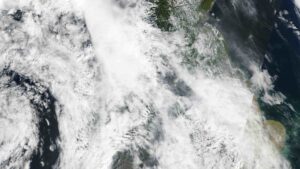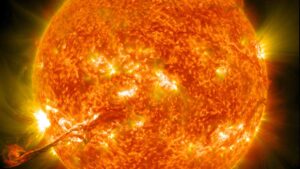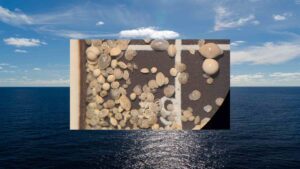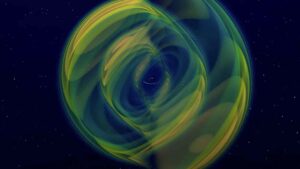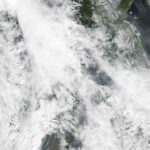
Chasing Solar Storms: Mission Lifts Off
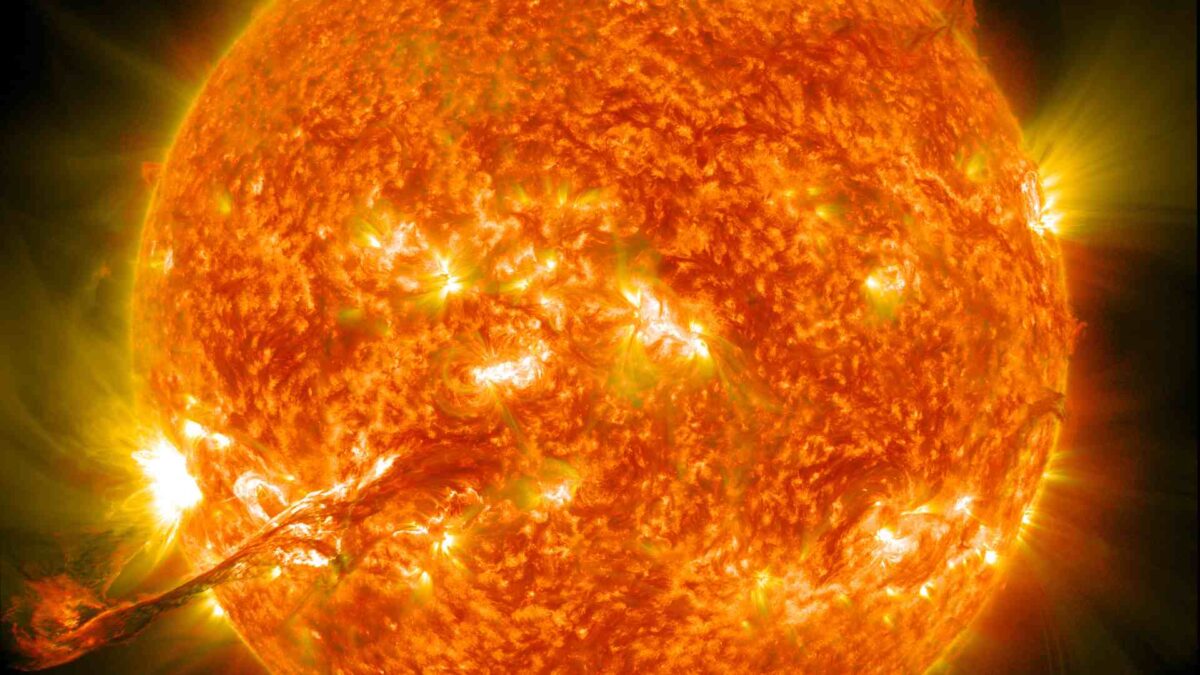
A cutting-edge NASA mission aimed at unlocking the secrets of one of the Sun’s most dynamic regions is set to launch this Friday.
The Solar Eruption Integral Field Spectrograph (SNIFS) will blast off from White Sands Missile Range in New Mexico during a launch window that opens tomorrow.
Carried aloft by a Black Brant IX sounding rocket, SNIFS will explore the chromosphere — a turbulent layer of the Sun’s atmosphere sandwiched between its visible surface (the photosphere) and its superheated outer envelope (the corona). The brief mission could provide crucial insights into how solar energy flows through this region, potentially powering dramatic events such as solar flares and coronal mass ejections that impact space weather near Earth.
“There’s still a lot of unknowns,” said Dr. Phillip Chamberlin, principal investigator for the SNIFS mission and research scientist at the University of Colorado Boulder. “We’re trying to understand how energy moves through the chromosphere, which could help us better model and predict space weather events.”
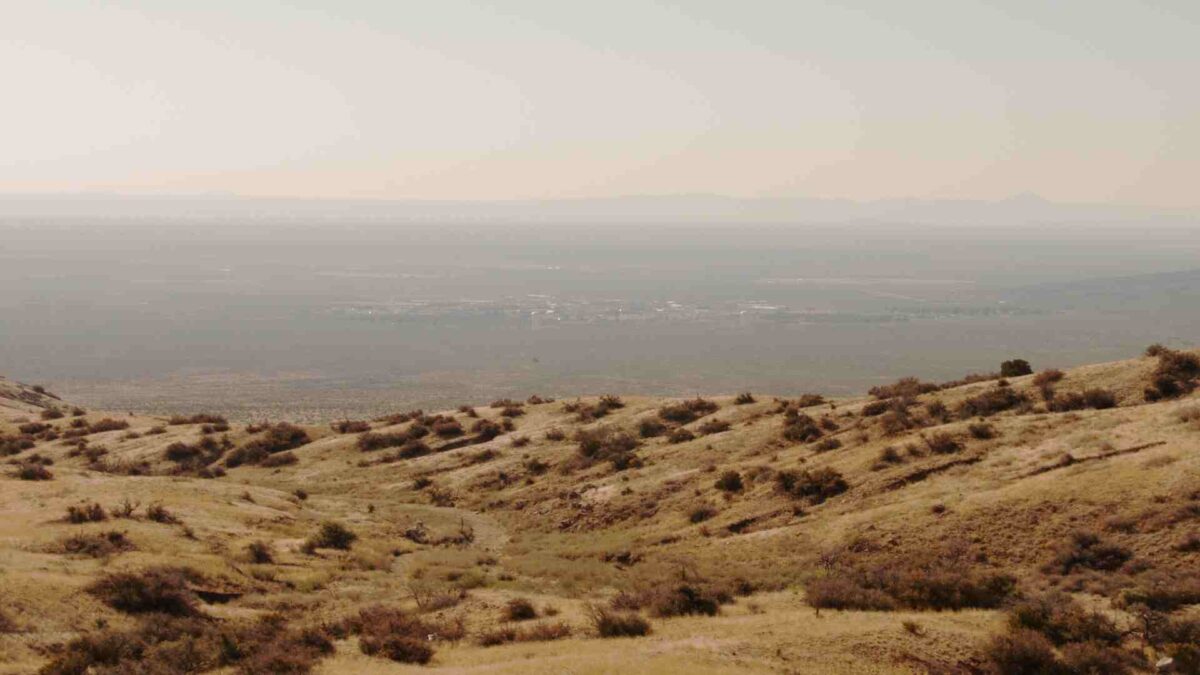
Space weather, driven by solar activity, can disrupt satellites, communication systems, power grids, and even pose risks to astronauts. SNIFS will be the first solar mission to use an ultraviolet integral field spectrograph — a sophisticated instrument that merges imaging and spectroscopy to capture both wide-field views and detailed information about the Sun’s elemental composition, motion, and temperature.
“It’s the best of both worlds,” said Chamberlin. “You’re pushing the limit of what technology allows us to do.”
Focusing on key ultraviolet wavelengths, the mission will track signals from hydrogen, silicon, and oxygen — all crucial to understanding how solar material and energy rise through the chromosphere and into the corona.
Although the flight will last just 15 minutes, SNIFS packs a scientific punch. After launch, the rocket will take about 90 seconds to reach space, then spend several minutes conducting its solar observations before returning to Earth approximately 70 to 80 miles downrange. Sounding rockets like the Black Brant IX offer a cost-effective and rapid way to conduct experiments above Earth’s atmosphere and are especially valuable for student involvement.
“You can really try some wild things,” said Dr. Vicki Herde, a recent CU Boulder doctoral graduate who helped develop SNIFS. “It gives the opportunity to allow students to touch the hardware.”
Chamberlin agrees: “These missions are a tremendous training ground for the next generation of space scientists and engineers. They bring enthusiasm, fresh ideas, and new techniques.”
The mission represents years of work for the SNIFS team and marks an important step in advancing solar physics research.
“This has been my baby,” said Herde. “I can’t wait to see it fly.”
Share this WeathÉire story:
